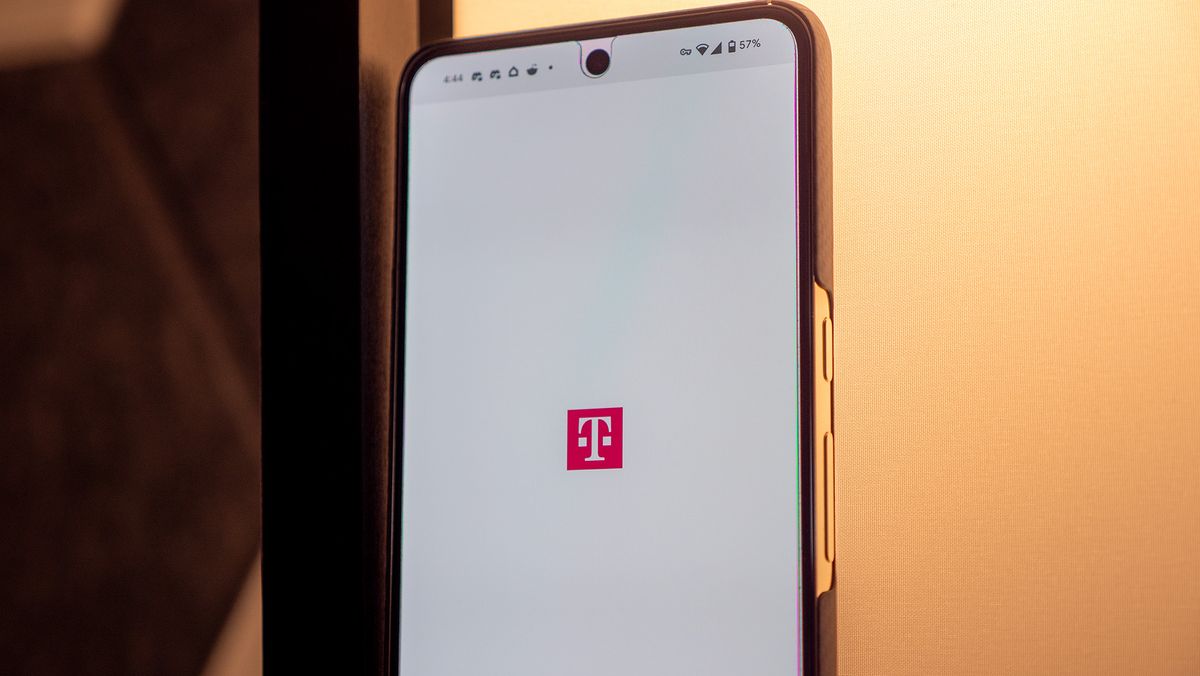T-Mobile's T-Life App: A Necessary Tool or a Frustrating Requirement?

T-Mobile has recently transitioned to its new T-Life app, which aims to serve as a comprehensive hub for customers to manage their accounts, claim rewards, and pay bills. However, the implementation of several new policies has made the utilization of this app a necessity for most transactions, even for customers physically present in T-Mobile stores.
From T-Mobile's perspective, integrating the T-Life app into both at-home and in-store transactions appears to be a strategy to standardize and enhance customer service across its various retail outlets. Like many cellular providers, T-Mobile operates a mix of corporate-owned stores alongside independent authorized retailers, leading to varying customer service experiences depending on the location visited. This inconsistency has prompted the carrier to push for greater uniformity.
Unfortunately, both customers and T-Mobile employees have expressed dissatisfaction with these recent changes, as evidenced by numerous discussions on the r/tmobile subreddit. Despite the growing concerns, T-Mobile has not publicly addressed these policy shifts, leaving many customers feeling frustrated and unheard. Attempts by Android Central to reach out for commentary from T-Mobile have met with silence.
At present, the in-store experience at T-Mobile appears increasingly cumbersome, posing significant challenges for customers. The emphasis on using the T-Life app has raised eyebrows, particularly in cases where it may not be the most practical solution.
As someone who frequently changes SIM cards or eSIMs while also assisting friends and family with carrier-related issues, I have a unique perspective on T-Mobile's recent adjustments. Although I primarily use AT&T, my experience with Verizon and T-Mobile has given me insight into how crucial in-person assistance can be.
In my experience, navigating account changes online can often feel more tedious than simply walking into a store, where I can communicate my needs directly to a representative. Previously, T-Mobile's in-store experience was more fluid, with staff utilizing tablets to facilitate transactions and support customers efficiently. However, the new policy demands that a significant portion of these transactions be processed through the T-Life app, even when customers are physically present in stores.
This shift raises several concerns. For instance, elderly customers, who may struggle with technology, will find navigating the T-Life app daunting when attempting to complete a straightforward transaction. While T-Mobile employees are available to assist, the process is no longer as swift or straightforward as it once was.
Moreover, the app-centric approach can severely disadvantage individuals with older, non-smartphones, those who have lost their devices, or customers wishing to make cash transactions. As noted in various Reddit comments, employees can still assist these customers using their tablets, particularly for cash payments, which cannot be processed through the app. This raises a critical question: if T-Mobile maintains support for its backend and retail infrastructure, why not extend a seamless shopping experience to all customers?
It's important to note that T-Mobile's situation is not entirely unique in the retail sector. For instance, customers have faced frustrations at the Apple Store when attempting to make purchases without a prior appointment. Such experiences echo the discontent currently voiced by T-Mobile customers trying to navigate the new store policies.
In 2025, many customers visit retail stores seeking personalized assistance rather than being forced into using a specific application. Until T-Mobile revisits and potentially rolls back this policy, it is likely that customer frustrations regarding the T-Life app will continue to proliferate, as seen in the ongoing discussions on Reddit.
























